|
Our next story comes from 3rd grade teacher, Martha Sanchez. She has been experimenting with Universal Design for Learning for several years now. Her and her team have worked tirelessly at Centerville to connect the guidelines with providing environmental options for within classrooms. Martha understands how to implement UDL across instructional contexts and how to use her UDL design lens in some pretty fantastic ways. She also capitalizes on flexible classroom strategies as they impact student academic progress within standards. Here is her story! One of the ways that I have implemented UDL, is by always thinking about the barriers to whatever concept I am teaching. Then I start to think about the concrete to symbolic spectrum and start planning my lesson(s). I have used checkpoint 1.1 to display information on my anchor charts and other materials in a flexible format, such as size/font of text, good quality images, etc. I have used checkpoint 1.2-3 to offer different representation of concepts such as realia, images, video, and music. I also have found success in using checkpoint 3.3 to provide multiple entry points to a lesson, such as images and short films to teach some reading strategies and skills. I have also found much success in checkpoint 5.2 by providing tools such as text-to-speech (Seesaw), sentence starters, story webs, math manipulatives when needed. This has helped my students become more confident in their communication of their learning. Another checkpoint I have used is 6.3 by providing students with checklist, such as what to do when they are done, what our answers to word problems need to have, what their short responses in ELA need to have, and our classroom’s non-negotiables, that was created together. I also try my best to provide a safe and supportive classroom environment on a daily basis, checkpoint 7.3. I think that when students feel safe, especially safe to make mistakes, they gain a better interest in their learning. I can go on and on about how much UDL has impacted my teaching and my classroom. At this point I am still learning more and more about UDL. I am excited to be on this journey because it has had such a positive impact on my students. Multiplication practice with different games and freedom to work on their own or with a partner.
1 Comment
Our first story comes from Elison Baird, 10 grade World Literature Teacher at Sanger High School. Elison and the rest for her World Literature crew were in our first year of UDL pilot teams. This team specializes in making challenging content clear, exciting and accessible for their students by giving options for how students can take in a story and being explicit with all the relevant themes students love that show up in historical literature. Here is her story!  "How can I make an ancient Greek text interesting to sophomores?" Answer: UDL Engagement Guideline 7.1 Optimize individual choice and autonomy. There are three ways I use choice and autonomy to recruit student interest in a seemingly irrelevant text. First, I examine the standards and goals that are most important in relation to the text, in this case, Euripides’ Medea, written in 431 B.C. Once, I’ve selected the most salient goals, I create contexts and experiences for students to discover their learning. Typically, I create stations where students can choose how they will interact with the content. Next, I challenge students by asking them to demonstrate their developing understanding of the content in an authentic and relevant way. Here, I invite students to make connections to their own experiences, other texts, and the world around them. We use essential questions to ensure our learning is rooted back into the core text. This is a great place for me to catch students who may start to lose interest by providing new access points; I may bring in videos, pop culture references, or modern examples. Finally, I translate my goals/standards into a comprehensive rubric that outlines my high expectations and leaves room for student creativity. Students use the rubric to demonstrate their mastery of the content. Although students have the choice to demonstrate their learning in a way that sustains their interest, the rubric holds them accountable to the goals and standards I initially outlined. Here, students let their creativity and autonomy thrive; I don’t have to hear, “This is boring,” or “Why am I doing this?” at every turn. Students produce higher quality work and the goals and expectations have not been compromised. Before I know it, students and I have worked together to make an ancient text meaningful and relevant. -Elison  So we are starting something new on our UDL blog! For the next few installments rather then hear from a DIS team member we will be gathering stories from actual teachers within the district. These amazing UDL practitioners will be highlighting ways they have put Universal Design for Learning into practice in their lessons. They will highlight the highs and lows of implementation, specifically sharing the lessons teachers have learned in their journey to full UDL implementation. So sit back, relax and enjoy these amazing stories from the field! PS. If you have a story you'd like to share related to your UDL implementation please email us!  We have heard you! At various trainings throughout the fall we have heard teachers requesting a space to share resources and ideas related to Universal Design for Learning. We want to bring your attention to our UDL Cafe! The link below will take you to our digital cafe where we can share with each other. In the UDL Cafe, you will find a button related to different grade levels and content areas based on the age group you are teaching. Once you are in your grade or content area feel free to add a post and link your resource or google folder of resources. When posting please include the following:
Closing note! - Remember there are no such things as perfect lessons! Feel free to give kuddos to the folks you are gathering resources from. The more we build the better this will be!! http://www.sangerlearns.com/udlcafe.html 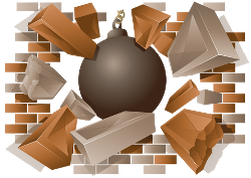 So we have tried something new! At each grade level day we have asked teachers to tell us what barriers they have to achieving our PD learning goal for the day. You all have then been amazingly honest with us about potential roadblocks or nagging questions you have about the topics we are about to cover. After reflection both Katie (DIS extraordinaire and co-presenter) and I came to the conclusion that this section has been the most helpful portion of our PD day. No matter what we are leading and teaching because of human variability there will always be barriers to us meeting our teaching goals. We have found such fruit from engaging you all in the process in barrier discovery and strategy development how to remove our newly identified barriers. Universal Design for Learning can be a daunting design process without areas of focus. Identifying barriers keeping students from learning content and determining which category they fall in (whether representation, engagement, action & expression) help keep the design process focused to the areas of highest leverage in our instructional design. Also asking your students what they see as the barriers to their achieving an instructional goal is often under tapped area of metacognition and provides both the teacher and student with valuable information on areas of focus as they relate to a topic. UDL is all about removing the barriers that get in the way of students achieving competency in rigorous standards and learning objectives. Spend time in PLC teams and with your students identifying where those barriers exist so that you can design ways to bring them down. Flexibility  The name of the game for Universally Designed Environments is flexibility. Across the district we've been experimenting more and more with creating learning environments that lend themselves to choice making and student autonomy. My favorite part of all these changes has been seeing the different personalities of teachers come out as they design their flexible environments. The best environments are the ones that can change based on the goals of a teacher's instruction. Having environments that can seamlessly transform from teaching in whole group lecture to small group collaboration to independent student lead discovery in a matter of moments is the type of environment that allows for quality Universally Designed Lessons. Thoughts if your looking to jump in: Freedom for Change - Experiment with your environment based finding structures that meet your learning objectives. Remember learning is the key. Levels - Design your environment so that students can access content at from a floor, seated, and standing positions. Accessibility - Make sure that all areas of your room that will be devoted to learning are accessible for all students. A great test for this is visualizing a student in a wheelchair coming into your learning environment and making sure that it would be accessible for them (wide enough lanes between furniture, supplies at levels that student could access). You'll find if it works for their needs often I works well for everyone. Safety - Assume that the unexpected will happen. Does furniture keep students safe? If their is any question head back to the drawing board to find options that meet your same goals but keep kids always safe. #murphyslaw Send pics our way as your design and post them here! Welcome back everyone! We are so excited for the start of the year. New school supplies are organized and ready, desks are clean, backpacks are full, and a new chapter for our UDL journey is beginning. Sanger Unified is moving to site based plans for Universal Design for Learning. Each and every school site in our district is at a place where they are taking the first steps toward full implementation of Universal Design for Learning. Your site either has already been trained in their UDL rollout or will be trained in the coming weeks. Sanger Unified is being extremely intentional about using Universal Design for Learning to teach and implement Universal Design for Learning. Sites have chosen their own unique plan for how to empower teams to make consistent incremental changes to classroom instructional practices. Lean into those plans and trainings, experiment and apply UDL into places that actually matter to your team. Resources Available to You Along the Way:
We are so excited for this year! Thank you in advance for the ways your innovation and creativity is going to inspire students to love learning. We can't wait to see the next chapter of our UDL story! 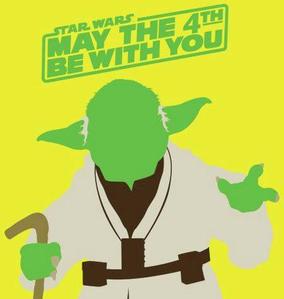 We did it! Year 2 of pilots for Universal Design for Learning is done! We have learned so much from each and every person in the UDL Pilots. Amy and I are so proud of the work you all accomplished this year! The UDL Shareout on May 4th just went incredible! Check out the pictures below to see some pictures from the day. Based on our UDL implementation rubric, teams continue to report personal growth in all phases of their UDL implementation. Even though the Pilot chapter of our UDL saga is closing, we want to encourage all Pilot teams to keep designing and growing in their integration of UDL and their use of it to solve the real instructional or otherwise problems they face on their school campuses. My favorite reflection from the UDL Shareout was several teams talking about how excited they were to try to implement UDL in a deeper way next year! How often do teachers report they are excited for next year in the month of May!? Next year, as we start our new chapter in our UDL story, thank you in advance UDL Leads for being willing to step up and help lead your sites with their own UDL implementation plans. Remember our biggest wins these past two year came from empowering teams in the work and letting them choose their path to UDL discovery. That value will continue to be foundational as we write this new chapter together! I want to share a little visual that has been floating around in Sanger that has been super helpful with getting teachers to think differently about their representation of concepts. Concrete: When establishing a concept. Make it concrete! We all know the things we most remember is the stuff we can hold, feel, and manipulate. For concepts that can't be held, find the real world connections or experiences that concept defines. Pictures/Visuals: Make the concept visual. After students have experienced a concept physically, let them experience it visually through pictures and videos. Just like the picture of the apple above, we all know that isn't a real apple, we understand that it represents an apple and can be used in place of an apple when we need people to connect to the concept of an apple. Pictures/Visuals with embedded Text & Symbols: Use the visual representations with embedded text to support understanding of a concept. We can now see the relationship between the word and the concept. Think infographics! Just Symbols: Finally we need to get to a point with concepts we are representing where students can simply see a symbol or world and understand the complete continuum of the concept that the world or symbol represents. Important Questions to ask when Representing stuff
This year is moving quickly! In preparation for more and more Universal Design for Learning in the district, we are offering UDL Build Parties once a month from here on till the close of the school year. These are meant for ANYONE! Whether your working on decaying functions in integrated 3 at the High School or working on color identification in kindergarten, we will spending time creating universally designed experiences that our kids will learn from and enjoy being a part of! Mark your calendars for our other UDL Build Parties!
|
Sanger UnifiedArchives
January 2019
Categories
Podcast Archives
|
Pictures are Worth 1000 Words
|
Sanger unified school district |
Curriculum & Instruction department |





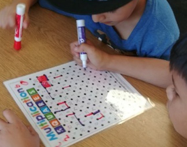
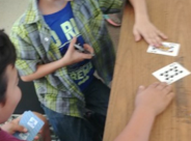

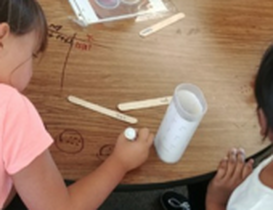

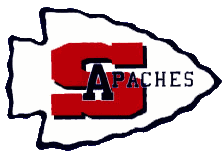
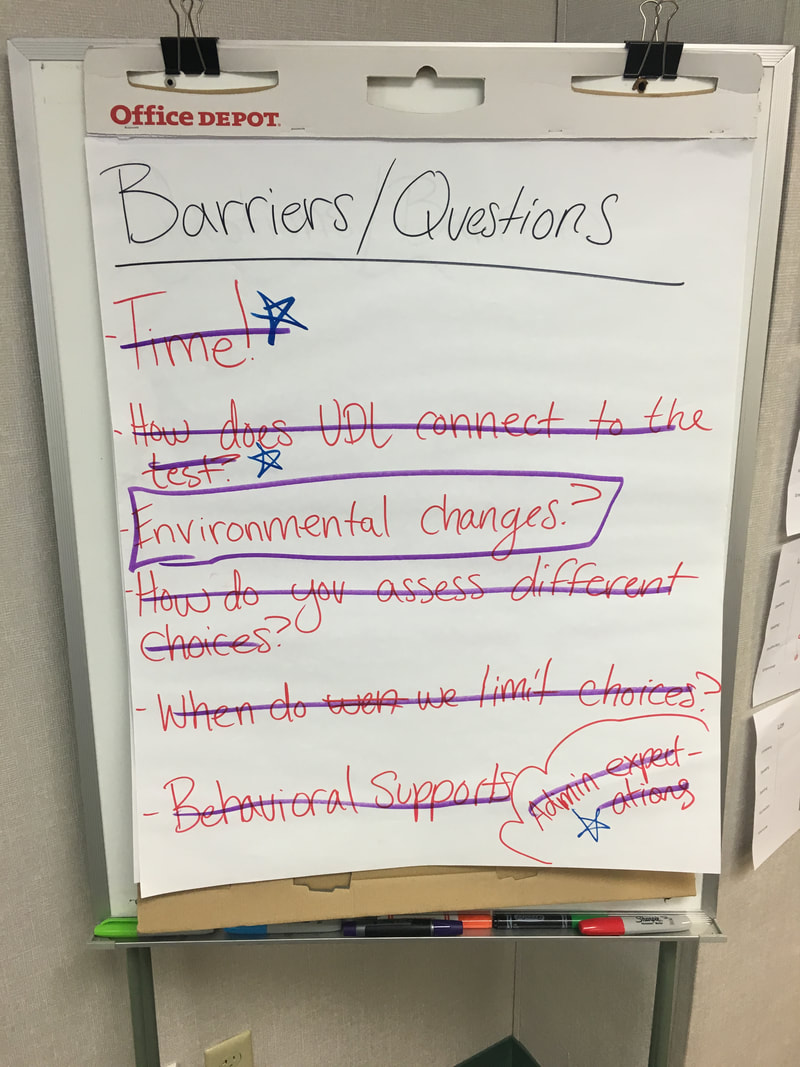

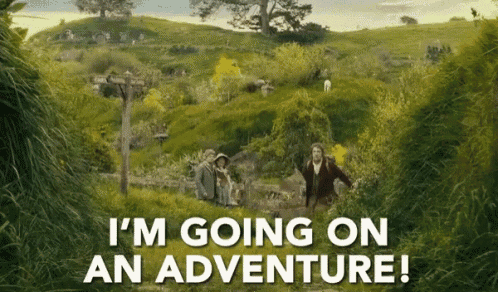




 RSS Feed
RSS Feed